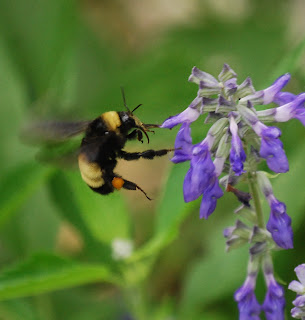Search This Blog
Questions about insects, spiders, scorpions or other creepy crawlers? Tune into this blog to learn about what's buggin' you!
Posts
Showing posts from 2020
Free Webinar THIS Wednesday - December 9th
- Get link
- X
- Other Apps
I Spy with my Little Eye... Tons of Robber Flies!
- Get link
- X
- Other Apps
Native Pollinator and Pollinator Planting Webinar Series
- Get link
- X
- Other Apps
15 Bugs Every Gardener Should Know Web Series
- Get link
- X
- Other Apps
Texas Pollinators Program - This Thursday at the San Antonio Botanical Garden!
- Get link
- X
- Other Apps











